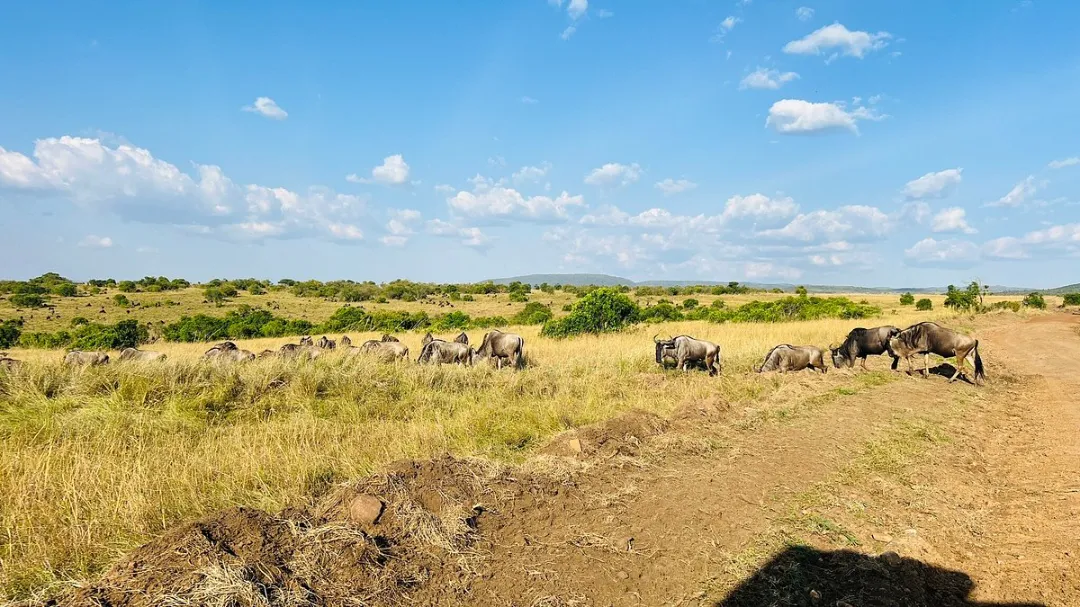Top Reasons to Visit Mara Naboisho Conservancy in Kenya
Table of Contents
Mara Naboisho Conservancy, established in 2010, is a testament to the power of community and conservation. It was formed by 500 Maasai landowners who came together to create a protected area that addresses environmental challenges and promotes sustainable tourism. Spanning an impressive 145 km², the conservancy is part of the Greater Mara Region, covering approximately 50,000 acres or 202 km².
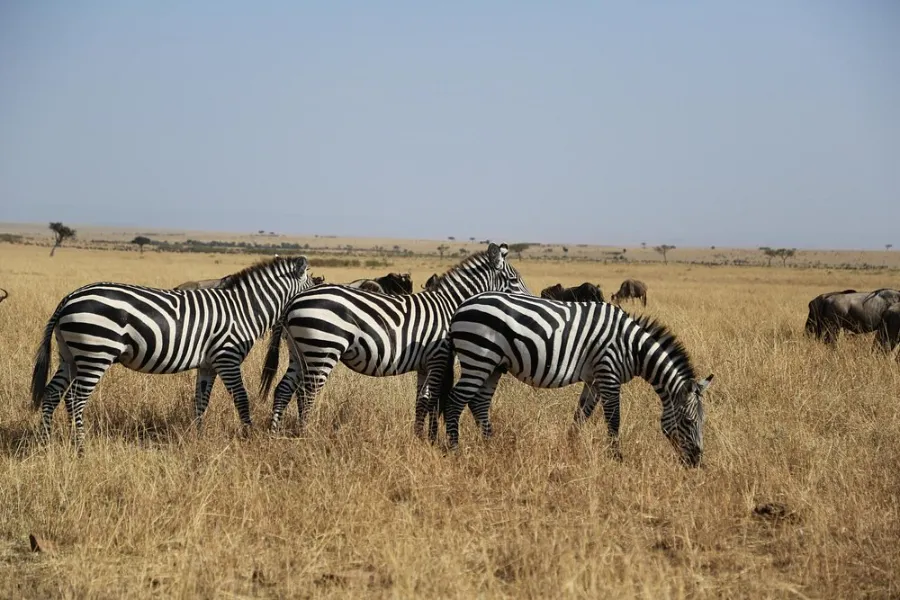
Situated adjacent to the renowned Masai Mara National Reserve, Mara Naboisho offers a more intimate and exclusive safari experience. Unlike the often crowded Masai Mara, Naboisho limits the number of tourists and vehicles, ensuring a more serene and impactful visit. The conservancy’s name, “Naboisho,” meaning “coming together” in the Maasai language, reflects the unity and collaborative spirit that brought this conservation area to life.
This conservancy is not just about preserving wildlife; it’s about fostering a symbiotic relationship between tourism and local communities. Visiting Mara Naboisho Conservancy offers unforgettable wildlife sightings while contributing to the well-being and development of the Maasai people. It’s a perfect blend of nature, adventure, and cultural richness, making it a must-visit destination in Kenya.
Key Takeaways
Mara Naboisho Conservancy, established by 500 Maasai landowners, promotes sustainable tourism while addressing environmental challenges through community-driven conservation efforts.
The conservancy is renowned for its high concentration of big cats, offering thrilling wildlife sightings and unique safari experiences, including walking safaris and night drives.
Visitors contribute to local community development through tourism fees, which support education, healthcare, and women’s empowerment initiatives within the Maasai community.
Wildlife Abundance and Big Cat Sightings
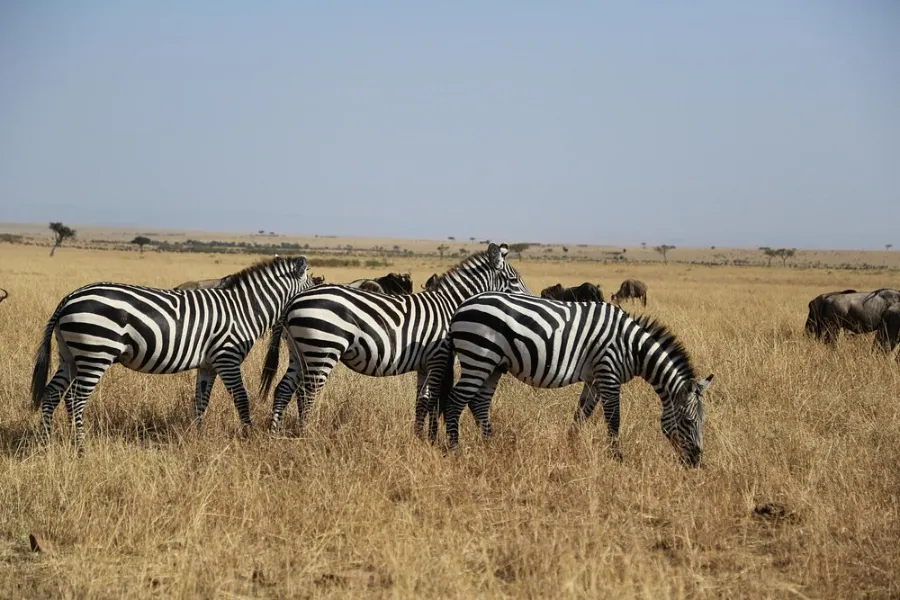
One of the standout features of Mara Naboisho Conservancy in East Africa is its extraordinary wildlife abundance, particularly the high concentration of big cats. The conservancy is home to an estimated 70 to 100 lions, making it one of the best places in Africa to witness these majestic creatures in their natural habitat. The chances of encountering these apex predators during your safari tour are incredibly high, providing a thrilling and unforgettable experience.
Besides lions, Mara Naboisho hosts significant populations of leopards and cheetahs. The diverse habitats within the conservancy, from open grasslands to dense thickets, support a rich variety of wildlife, ensuring spectacular wildlife sightings at every turn. Opportunities to see these elusive big cats are plentiful, whether during a daytime game drive or an adventurous night drive.
Acting as a vital wildlife migration corridor, the conservancy supports the movements of various species, including iconic wildebeests. This connectivity with the greater Mara ecosystem enhances the biodiversity and offers visitors a chance to witness the dramatic wildlife spectacles that Kenya is famous for. A limited vehicle access policy ensures minimal disturbance to animals, allowing for more authentic and intimate wildlife encounters.
Meticulously designed game drives in Mara Naboisho maximize wildlife viewing while respecting the natural environment. Safari vehicles are equipped for off-road driving, allowing close-up views of the wildlife without compromising their habitats. This balance between adventure and conservation makes Mara Naboisho one of the best safari destinations and safari destinations in Kenya.

Bird-Watching Opportunities
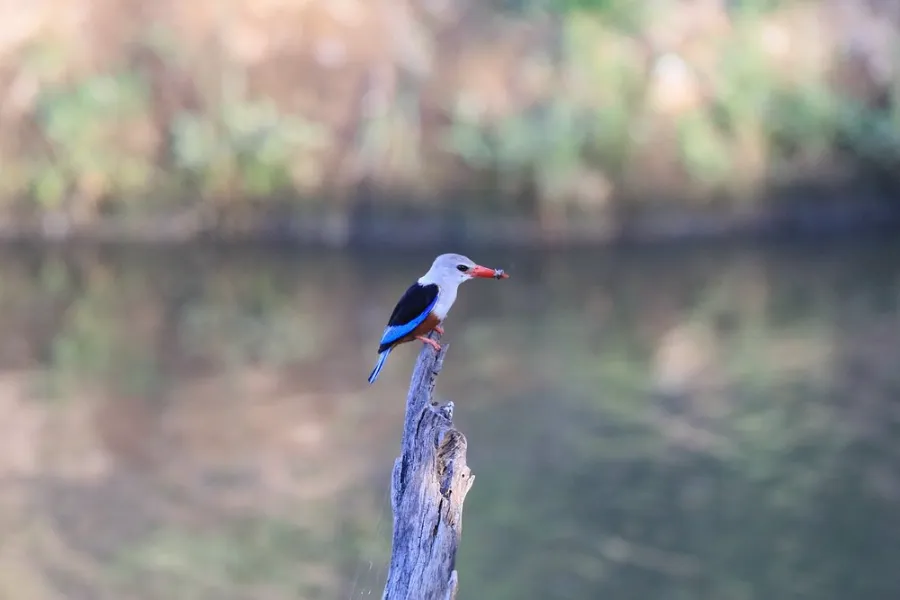
Bird enthusiasts will find Mara Naboisho Conservancy a paradise with over 470 bird species recorded within its boundaries. The conservancy’s diverse habitats, ranging from grasslands to riverine woodlands, create an ideal environment for a rich variety of birdlife.
Among the notable bird species are the white-headed buffalo weaver and the pygmy falcon, both of which add to the conservancy’s ornithological appeal. The presence of the world’s largest bird, the ostrich, further enhances the bird-watching experience.
November to April is ideal for bird-watching in Mara Naboisho, as migratory birds flock to the area. Early morning walks and game drives provide the best opportunities to spot these feathered wonders as they go about their daily activities. The serene environment and the symphony of bird calls create a tranquil and enriching experience for nature lovers.
Accommodation Options
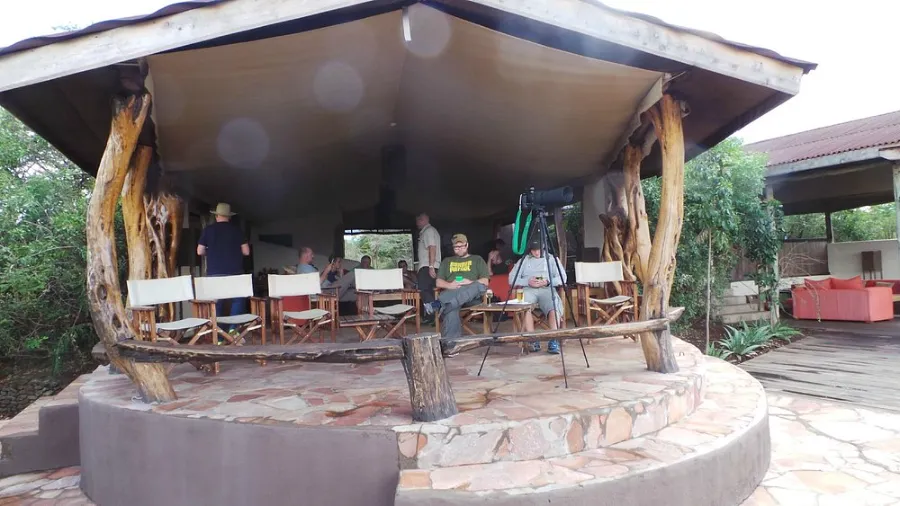
When it comes to accommodation, Mara Naboisho Conservancy offers options that blend luxury with eco-friendliness. Naboisho Camp, for instance, features nine stylish tents, including two family suites, each with en suite bathrooms and both indoor and outdoor hot water showers. The camp operates year-round, allowing visitors to experience the conservancy’s wildlife in various seasonal conditions.
High demand during peak seasons, particularly June to September, makes early booking advisable. For those seeking a more adventurous experience, fly camping is available, with a minimum stay of three nights required to fully immerse yourself in the wilderness.
Best Time to Visit Mara Naboisho Conservancy
Choosing the right time to visit Mara Naboisho Conservancy can significantly enhance your safari experience. The dry season, from June to October, is ideal for wildlife viewing, as animals congregate around water sources. This time offers excellent visibility and opportunities for close-up wildlife encounters.
Short rains in November and December, followed by long rains in March and April, bring a different charm to the conservancy. Traveling during the off-peak season, particularly between January and February, provides a more intimate and sustainable interaction with wildlife. However, game drives in March might face challenges due to muddy conditions.
Bird-watchers will find the period from November to April particularly rewarding, thanks to the high bird migration activity. For those interested in witnessing the Great Migration, August and September are the best months to visit Naboisho Camp.
Getting There
Getting to Mara Naboisho Conservancy is convenient and straightforward. Most travelers fly into the Mara Ol Seki airstrip, which provides easy access to the conservancy. The flight from Wilson Airport in Nairobi to Naboisho Conservancy takes about one hour, making it a quick and scenic journey.
Transfers from Wilson Airport to Nairobi hotels or vice versa are available for a fixed fee, ensuring a seamless travel experience. Whether arriving from other parts of Kenya or international destinations, reaching Mara Naboisho is hassle-free and well-supported by local services.
Cultural Experiences with the Maasai People
Immersing yourself in the rich cultural experiences with the Maasai people is a highlight of visiting Maasai Mara Naboisho Conservancy. Visits to local Maasai villages offer authentic insights into their daily lives and traditions. Engaging with the Maasai community provides a deeper understanding of their vibrant culture and supports local livelihoods.
Visitors can enjoy cultural performances, including traditional music and dance, which showcase the Maasai’s heritage and artistic expression. Organized into clans, each with distinct customs and responsibilities, the community adds to the cultural richness. Cattle, symbolizing wealth and social status, play a crucial role in Maasai culture, and learning about their significance offers a unique perspective.
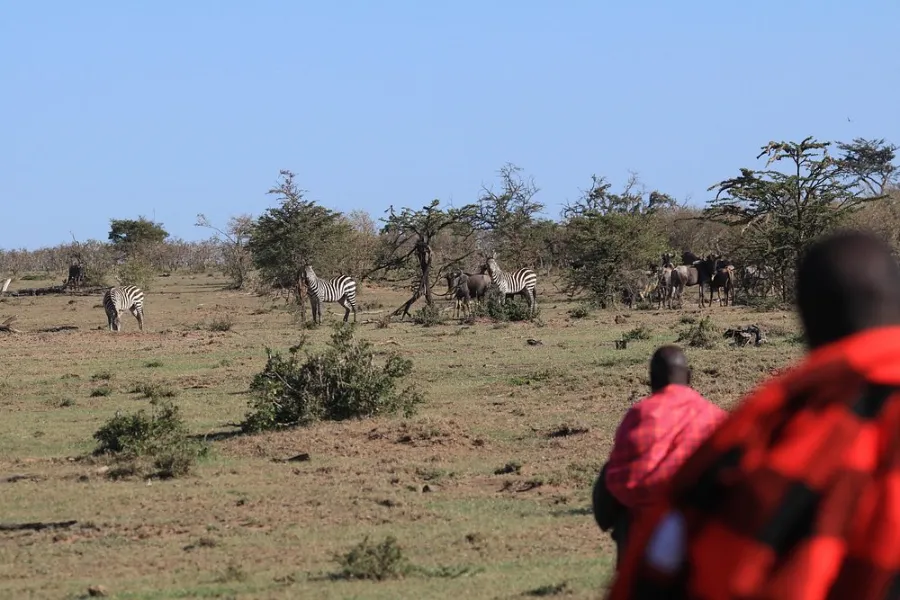
Frequently Asked Questions
What makes Mara Naboisho Conservancy different from the Masai Mara National Reserve?
Mara Naboisho Conservancy stands apart from the Masai Mara National Reserve by providing a more intimate safari experience with controlled tourist access, promoting sustainable tourism and community involvement in conservation. This approach minimizes disturbance to wildlife, enhancing the overall experience.
When is the best time to visit Mara Naboisho for wildlife viewing?
The best time to visit Mara Naboisho for wildlife viewing is during the dry season from June to October, when animals congregate around water sources. For bird-watching, the period from November to April is recommended due to increased migration activity.
What unique safari experiences can I expect in Mara Naboisho Conservancy?
In Mara Naboisho Conservancy, you can expect unique safari experiences such as walking safaris, night game drives, and fly camping, which foster a closer connection with nature and allow for exploration of the wilderness in ways not possible in other national parks.
How does Mara Naboisho Conservancy support the local Maasai community?
Mara Naboisho Conservancy effectively supports the local Maasai community by utilizing revenue-sharing models to enhance their financial stability, funding educational and healthcare initiatives, and promoting women’s empowerment through micro-finance groups and the Koiyaki Guiding School. This multifaceted approach not only boosts the community’s economy but also fosters social development.
What are the accommodation options available in Mara Naboisho Conservancy?
Mara Naboisho Conservancy offers accommodation at Naboisho Camp, which features nine stylish tents, including family suites with en suite bathrooms and hot water showers. Early booking is advisable due to high demand during peak seasons.
Masai Mara and Conservancy Areas:
Welcome to AjKenya Safaris
Thanks for stopping by! We’re excited to help you plan an unforgettable safari.
- Phone: +254 748 258880
- WhatsApp: +254 748 258880
- Email: [email protected]
- Email: [email protected]




